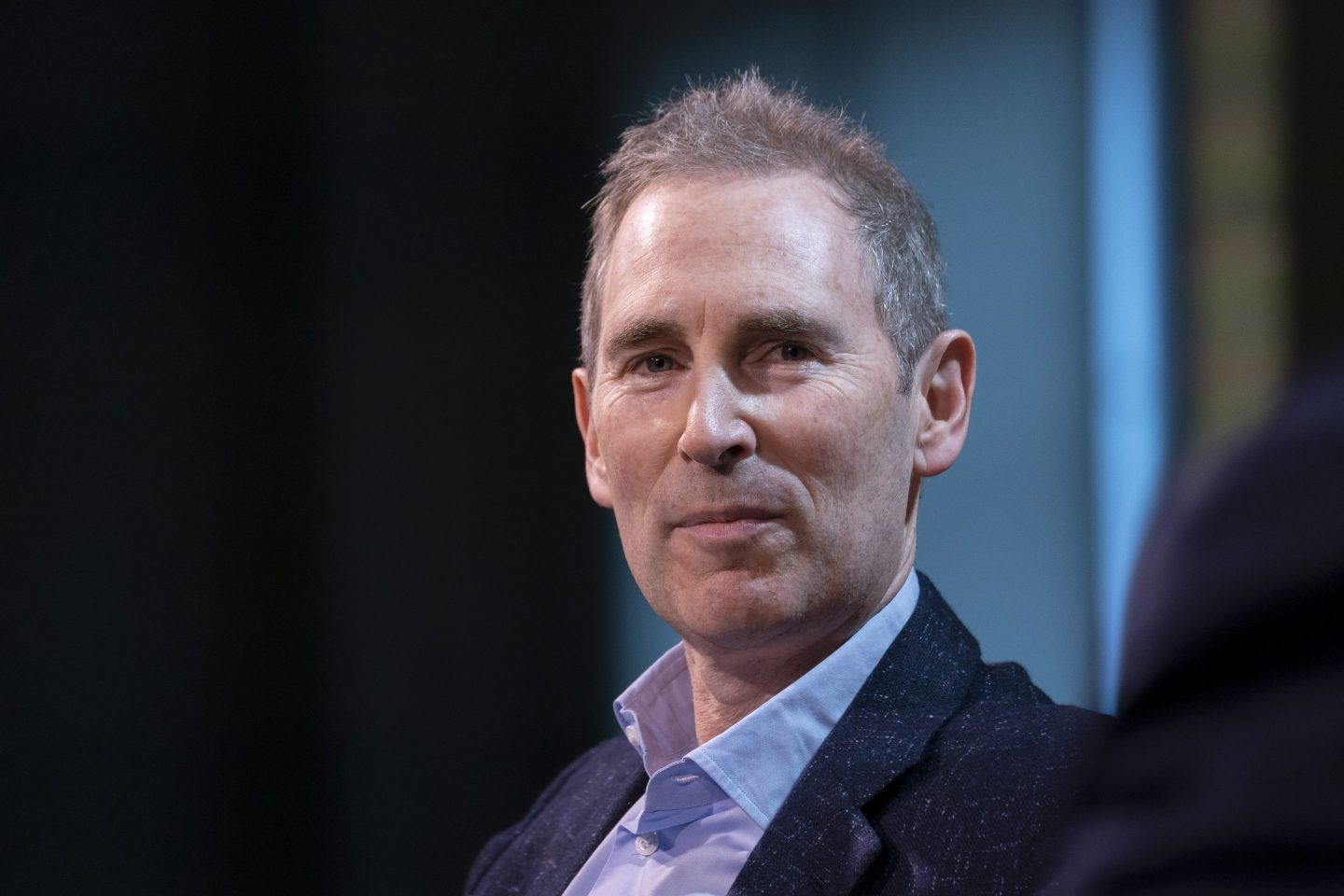Today’s most effective leaders aren’t just strategists or visionaries; they’re simplifiers. These executives can cut through bureaucracy, strip away bloat, and prioritize speed and agility over sprawling hierarchies and tangled workflows.
As companies scale, they inevitably accumulate more processes, meetings, metrics, policies, and platforms, writes Fortune’s Lily Mae Lazarus. Each addition may be well-intentioned, but over time, the layers calcify, slowing decision-making and suffocating innovation. The cost isn’t just cultural; it’s financial. Bain & Company estimates that excessive complexity erodes more than 15% of large companies’ profits each year.
Enter the simplifier-in-chief. These leaders are clear-eyed about the hidden toll of complexity and are unafraid to challenge entrenched ways of working. They focus on prioritizing what matters, eliminating friction, and empowering their teams to move faster and smarter. They also know that in today’s market, velocity is a competitive advantage—and that too much process often creates the illusion of control while actually stalling progress.
Several CEOs appear to agree.
—Amazon’s Andy Jassy has stressed the need to eliminate internal drag that slows innovation.
—GM’s Mary Barra has long championed cutting red tape to accelerate product cycles.
—Bayer’s Bill Anderson is slashing 99% of corporate rules and flattening management through his “dynamic shared ownership” model.
—JPMorgan Chase CEO Jamie Dimon put it bluntly: “Bureaucracy and BS kill companies.”
The shift toward simplification isn’t just about efficiency, though. It’s about resilience, writes Lazarus. When the environment shifts—as it inevitably does—simplified organizations can adapt faster and cultivate cultures that are more responsive, creative, and aligned around shared goals.
Ruth Umoh
ruth.umoh@fortune.com
Today’s newsletter was curated by Lily Mae Lazarus.
Smarter in seconds
Hit the books. Amazon’s CEO sounds alarm on complacent leaders who stop learning
Digital footprint. The road to CEO enters its social media influencer era
Quick thinking. How does a Fortune 500 company rebuild their supply chain overnight?
No sweat. Walmart CEO Doug McMillon is a rare beacon of confidence amid tariff woes
Supply chain whisperer. Why Apple’s CEO Tim Cook might be uniquely suited to face tariff meltdown
Leadership lesson
JPMorgan Chase CEO Jamie Dimon on staying ahead of the competition:
“You’ve got to say, ‘What are the competitors going to do next?’ because that shows when you’re getting to the puck and where the puck is going to be—not where things currently stand.”
News to know
Former Treasury Secretary Larry Summers warned that the latest U.S. tariffs risk deterring foreign investment, undermining the country’s ability to finance capital spending and federal debt at low cost. Fortune
Ray Dalio, founder of hedge fund Bridgewater Associates, still sees a possible recession despite Trump’s tariff reversal. Fortune
More CEOs are ditching the long-held ritual of quarterly profit predictions, realizing that clinging to forecasts amid mounting uncertainty no longer serves them. Fortune
The European Commission is spearheading a push to strengthen Europe’s trade ties and reduce reliance on an unpredictable U.S. market. NYT
Stock futures rose Sunday night after a turbulent week culminating in Trump’s shifting tech tariff exemptions. Fortune












